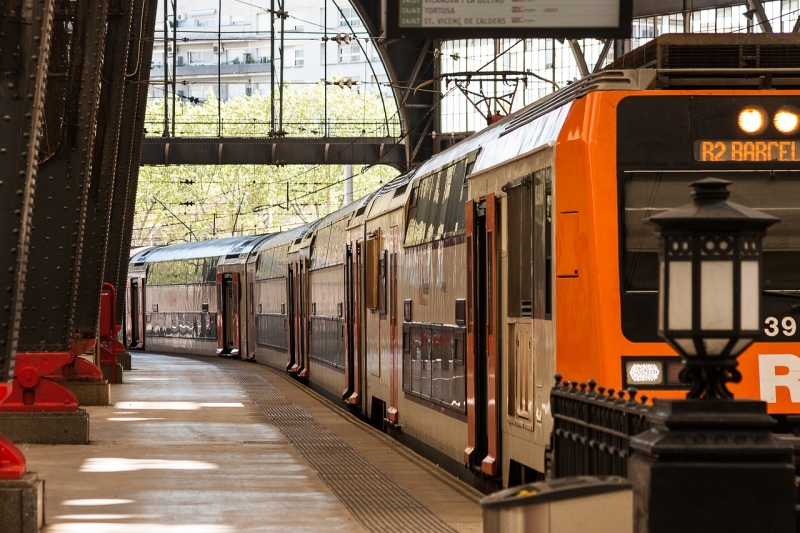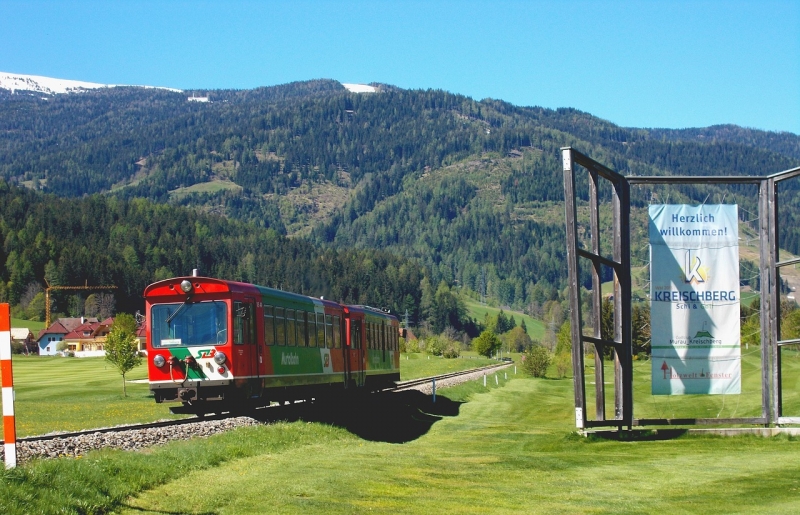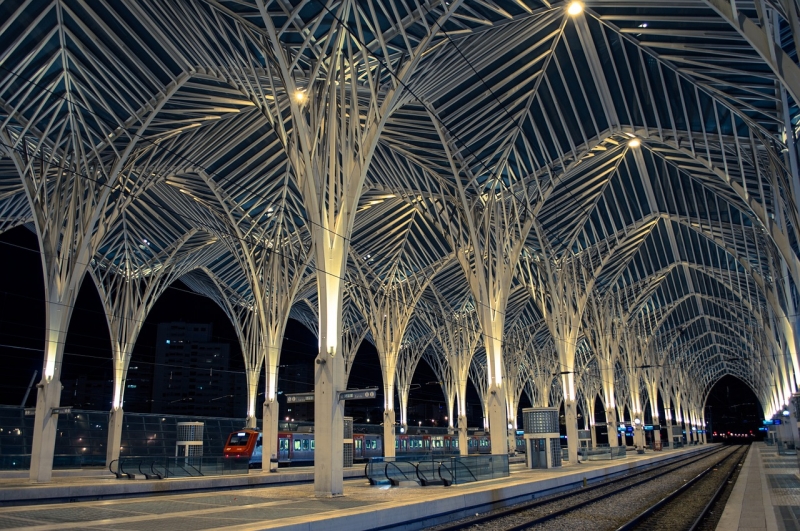No continent is as easy to get around in as Europe. Especially in northern, western and southern Europe, the network of public transportation is incredibly dense and—even more importantly—very easy to use.
There are buses everywhere, from local to long-distance, and flights are extremely affordable. If you know where to look, you can even get flights across Europe that cost no more than US$15.
Also read: Epic European Road Trips You Need to Take
This may seem like more than enough options to get around the “Old Continent” already, but then we haven’t even considered taking the train. Taking trains is arguably the greatest and most convenient way to see Europe.

Barcelona Station
Why travel Europe by train?

Where bus rides can be slow and somewhat uncomfortable and flights require you to travel to and from airports, train rides are probably the easiest way to travel. In Europe, all major train stations lie in the very heart of the cities, making getting from one municipality to the other a piece of cake.
The biggest question regarding train travel in Europe is what kind of ticket to buy. There are two options; you can either buy a one-way ticket between destinations or get a so-called rail pass. I will discuss each option below.
One-way tickets

Gare do Oriente, Lisbon, Portugal
Purchasing one-way tickets is your best option when you’re visiting only a limited number of destinations. By limited I mean a few. This is also the suggested thing to do when you’re only making short train journeys—say, within the same country.
You can simply buy these train tickets at the train stations on the day of travel. Some journeys between major destinations may cost less than US$10; the trip between Pisa and Florence in Italy, for example, is such an amazingly cheap one. It is recommended to check the prices of your journeys online before you go, add them up and then make the decision whether buying a rail pass will save you money in the long run.
There’s also a trick that many people don’t know about. A lot of the railway companies (in western Europe) allow you to buy tickets in advance online—similar to what airlines do. Prices tend to go up the closer you get to your date of travel, which means that if you do some planning and purchase your tickets beforehand, you could save yourself a nice sum of money.
In eastern Europe, one-way tickets are the way to go. In this part of Europe, the ticket prices are so cheap that it’s not necessary to spend one big chunk of money on a rail pass.
Rail passes

Antwerp Central Station, Belgium
Rail passes are without question the greatest thing about public transportation in Europe. These passes cover a certain country, a particular region, or even the entire continent and can save you a lot of money. The only requirement is that you travel around a lot.
A rail pass allows you to catch any train within the coverage of the pass—national, regional, or continental. There are a few different types of passes, depending on where you’re from and the amount of travelling you’d like to do.

A Swiss railway
People from outside of Europe have to buy a Eurail pass; European residents have to buy an InterRail pass. Each of these passes comes in two categories: continuous or flexible.
A continuous pass allows a certain number of continuous travel days—unlimited train travel for a specified number of consecutive days, in other words. This is an amazing deal if you’re planning on journeying pretty much every day.
Flexible passes allow you to travel for a set number of travel days with the duration of the pass. For example, five travel days within a ten-day period. On each travel day, you can take as many trains as you would like. This is the best option if you’re planning on travelling between destinations and actually spend a day or two in each one.
The one thing to keep in mind when using rail passes is that you might still have to reserve seats beforehand, and sometimes there may be an additional fee. Especially high-speed and sleeper trains tend to require an extra fee and reservations. The Eurostar between London and Paris, for instance, isn’t covered by a rail pass. It’s recommended to do some research beforehand.
If you’re ready to purchase your Eurail Global Pass, go ahead and do it before your trip! Otherwise, just check out the prices and factor that into your transport expenses. All in all, rail passes are tremendous money-savers if you’re travelling around Europe for a certain period of time. If you travel a lot, they cost much less than individual one-way tickets added up.






